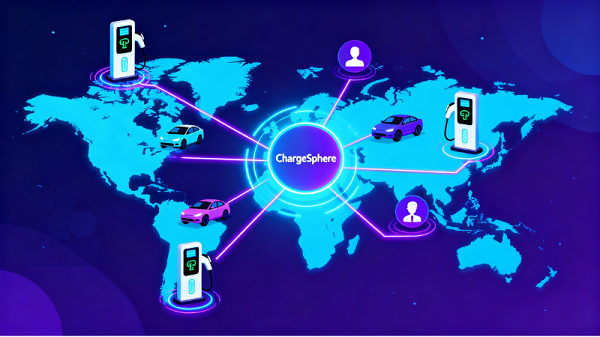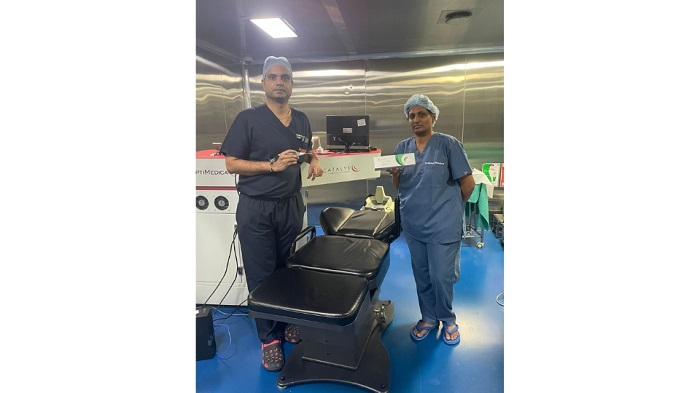
The use of unmanned aircraft (UAVs) has opened up a whole new world of possibilities. Controlled by a smartphone app or remote, these drones are now becoming more widely available, making them useful for many uses, including disaster relief and agriculture. They have the potential to reach remote areas while requiring minimal effort, time and energy. Though drones have been around for decades, their recent popularity and rapid adoption across industries are making them more accessible to the general public.
A drone is capable of performing a variety of tasks, including performing surveys, mapping, and research. They can also detonate bombs, and are equipped with cameras, thermal sensors, and night vision sensors. These drones can also be used to spy on people and areas. Drones can even deliver packages.
Drones are unmanned aerial vehicles that look like small helicopters or reconnaissance aircraft. Their small size makes them incredibly versatile. Their many uses range from weather forecasting to speeding up the inspection of electricity grids. But their main purpose is to observe our environment. And as the technology continues to improve, their uses will continue to increase.
The first drone was a radio-controlled model that flies without a human pilot. It was developed by the U.S. Army during World War I. The Kettering Bug, a prototype of an unmanned “flying bomb,” was used but never deployed in combat. In 1935, a full-sized biplane named the de Havilland DH82B, or “Queen Bee,” was fitted with a radio and used to train artillery gunners. The name “drone” is a play on the “Queen Bee” nomenclature.
Drones are now available in many sizes and shapes. Different drones are designed to perform different jobs. Some are small and easy to control, while others are capable of carrying varying sized payloads. Some are lightweight and can fly hundreds of feet. You can also find drones with advanced features and sensors.
Drones are widely used for research and wildlife monitoring. They can survey habitat and search for illegal deforestation. These drones are also useful in search and rescue operations. They can be sent to dangerous locations, and can provide detailed information about what happened. This is especially useful in remote areas where humans cannot easily access.
Drones are also used for amateur filming. Some have cameras that can capture high-definition images. Some drones are so advanced that they can fit as many people as a small passenger jet. Currently, personal drone use is legal, but there are restrictions. You must be sure to register your drone with the FAA before flying one.
The use of drones has grown significantly in recent years. They are increasingly becoming integral to businesses, governmental agencies and even individuals. They can help with the search for survivors in hurricanes and provide an eye-in-the-sky during terrorist attacks. They are also increasingly making their way into our homes. They are valuable tools for photographers, vloggers and social media users.















